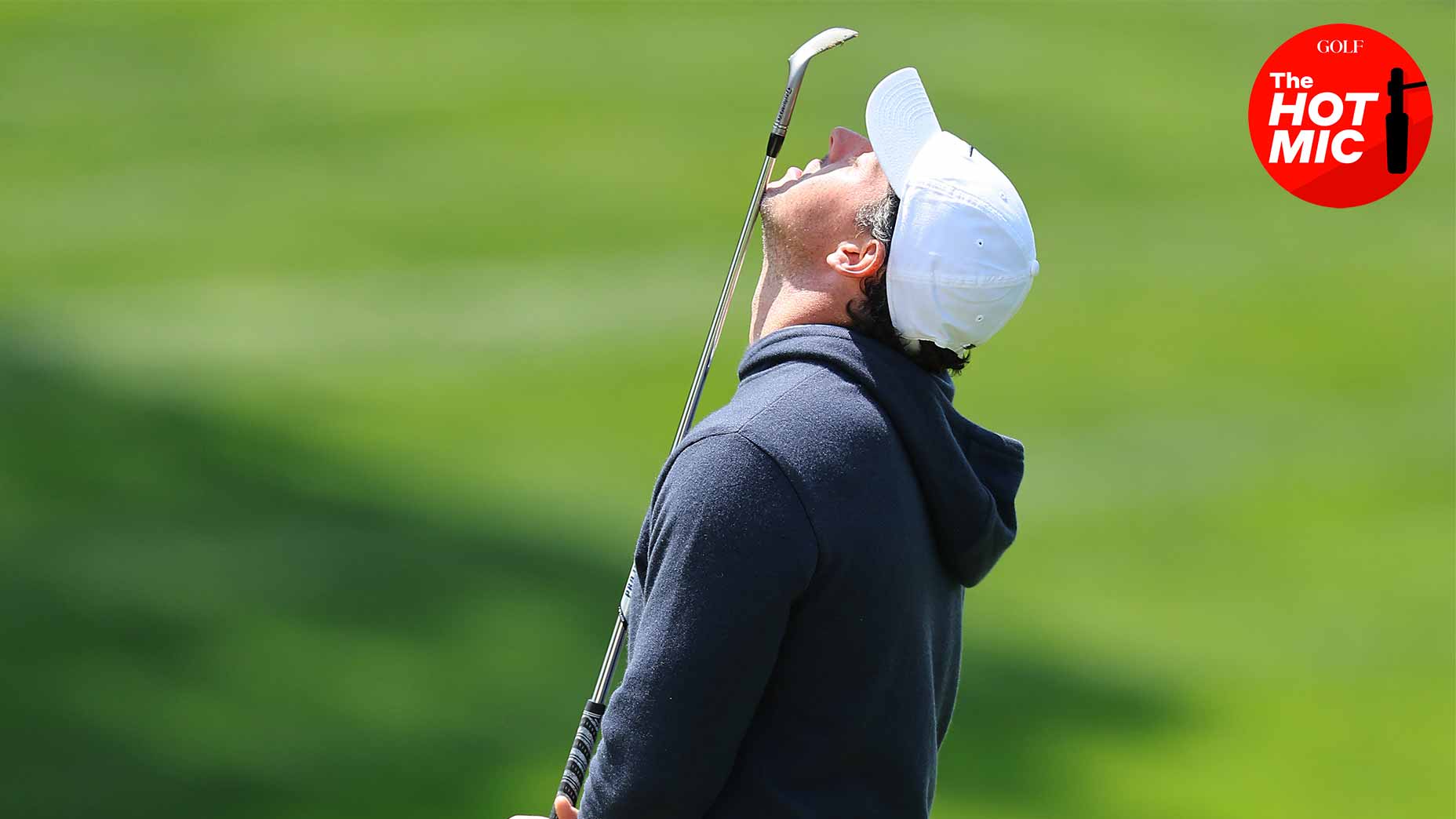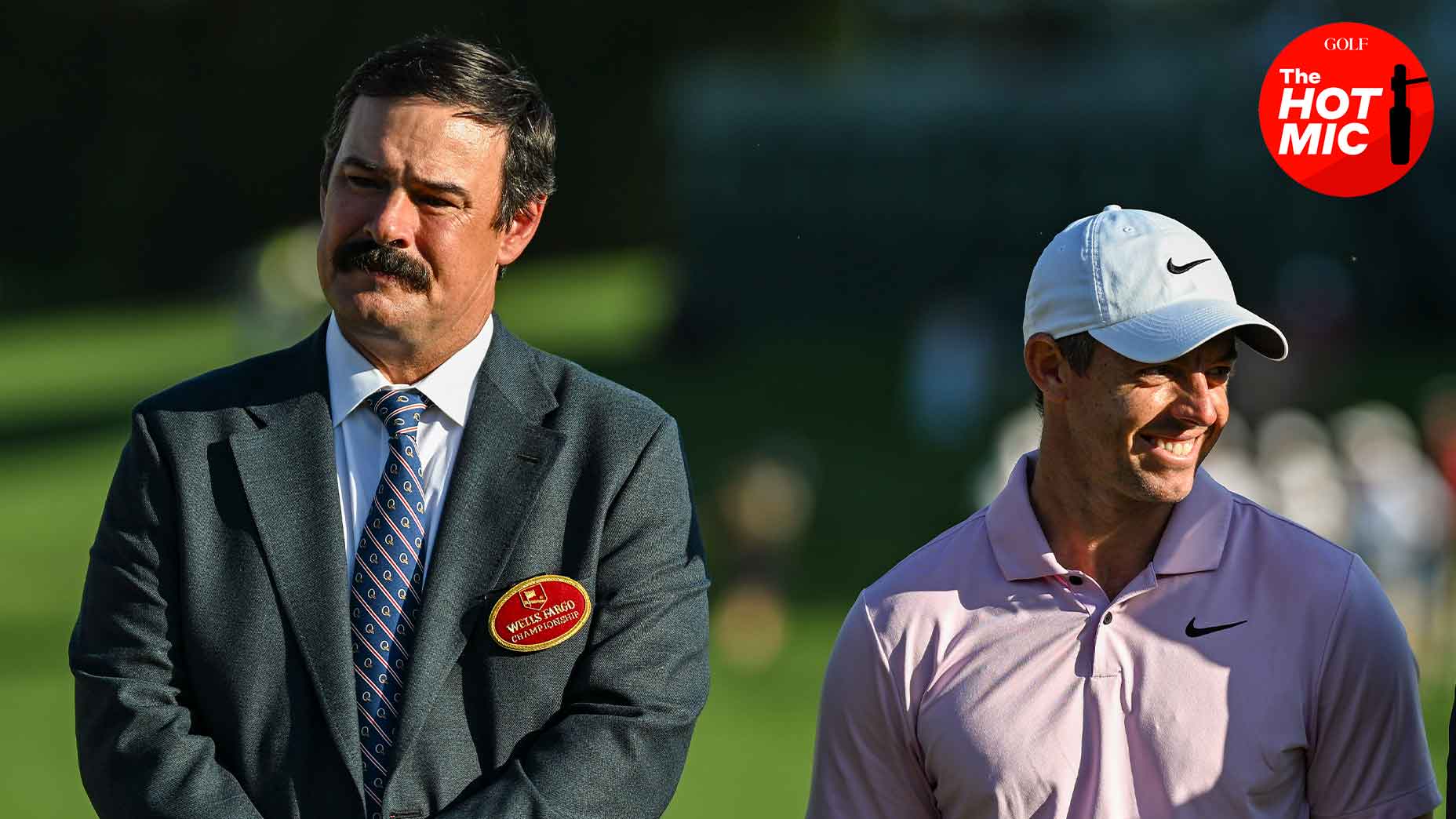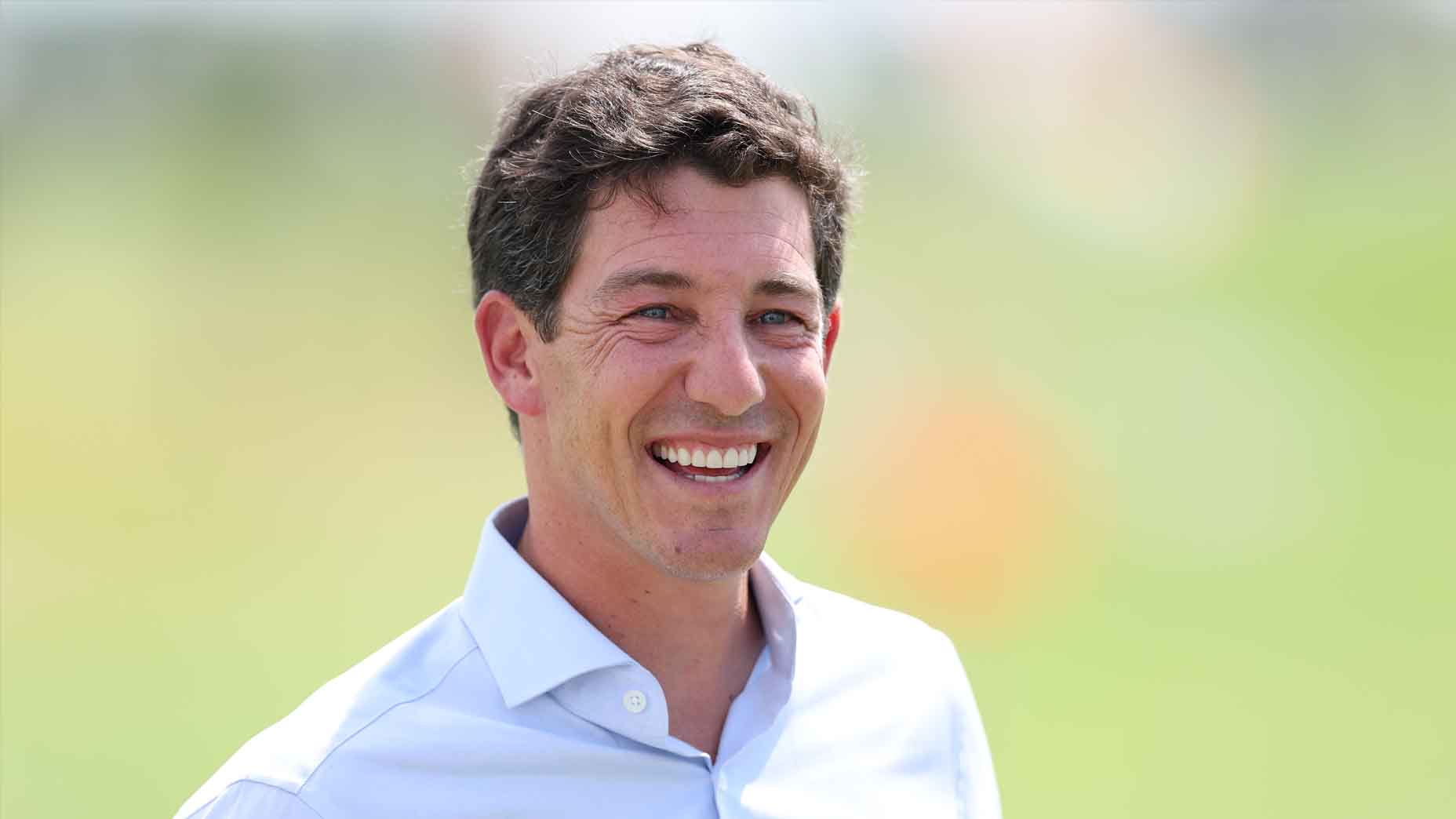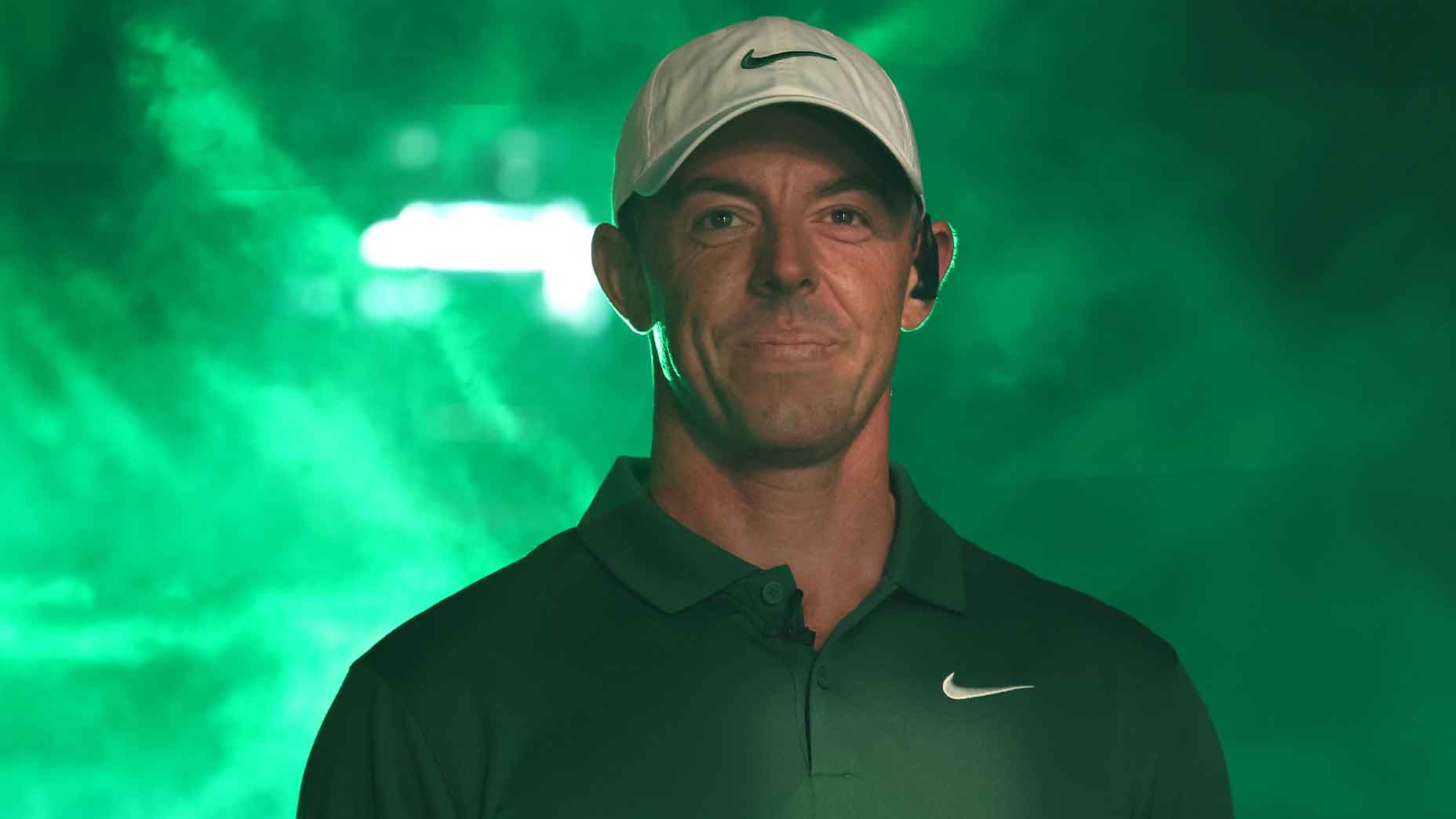ROCHESTER, N.Y. — It has not been a good week for scoring at the PGA Championship. It has, however, been a lucrative week for the swear jar.
Viewers who tuned into ESPN’s coverage Thursday and Friday at Oak Hill were treated to a heavy dose of players, ahem, colorfully expressing their frustration; a broadcast surprise fueled by more than just one or two offenders. Yes, some of golf’s hot-headed competitors — like Jon Rahm, Tyrrell Hatton — found themselves in the crosshairs of a hot mic slip-up on ESPN. But so too did some of the sport’s golden children, Rory McIlroy, Jordan Spieth and Justin Thomas (“sit the f— down,” he hollered on Thursday) among them, a development that both stunned and delighted viewers watching from home.
Hatton and Rahm were early offenders, their F-bombs landing with a thud on the ESPN telecast like an errant drive into the Oak Hill rough. But McIlroy and, yes, even Spieth soon followed — perking the ears of many a viewer.
“Dammit!” an ESPN microphone captured Spieth saying Saturday morning. “Hit one good f—ing iron shot.”
“I don’t think he liked that one,” ESPN broadcaster Dave Flemming replied, tongue planted firmly in cheek.
The shock I experienced hearing Spieth swear is the exact same as the shock I experienced when my fourth grade teacher lost her temper in front of the classpic.twitter.com/YGlmaZRyCr
— claire rogers (@kclairerogers) May 20, 2023
But surprising as Spieth’s tirade might have been, the true shock of tournament week has been that it was audible at all. Generally speaking, obscenities are blocked from pro-golf broadcasts, but that hasn’t been the case through two days at the PGA. So what gives? The answer, apparently, is ESPN.
First some quick background: In most live television settings there is something called a “standards team,” whose job it is to ensure that “obscene, indecent and profane” content isn’t broadcast over the air. To make that work, a broadcast employs a “standards room” — in most settings a soundproof room with a television and a series of buttons. If an obscene, indecent or profane event happens during the course of a live broadcast, it is the job of the standards-room monitors to hit one of the buttons within a few seconds of the event happening. The buttons — affectionately called the “dump” — effectively give those in the standards room the freedom to drop video, audio or both video and audio from the live broadcast as it airs. This is why occasionally the audio or video will cut out shortly after a player hits a bad shot on a golf broadcast. (Standards teams are able to do this because most “live” broadcasts are actually shown to the world on a short delay, usually around seven seconds.)
For most networks, standards rooms are small but essential. The Federal Communications Commission (FCC) reserves the right to fine those who violate its guidelines for “obscene, indecent and profane” events. For highly watched telecasts like sporting events, those fines can range from a few thousand dollars to more than a million.
Here’s where things get interesting: National “over-the-air” broadcast networks — like CBS, NBC and ABC — are governed by FCC decency rules. Cable networks — like Golf Channel and, notably, ESPN — are not. There is no “requirement” for a cable network to employ a delay and a standards team for its broadcast. Of course, many cable networks still do employ standards teams during live sports broadcasts in an effort to maintain the expectation of decency. Following the Justin Thomas hot-mic controversy of 2021, most PGA Tour broadcasts — even those on Golf Channel — utilize a standards team.
But that’s not always the case. An ESPN spokesman confirmed on Saturday morning that the network did not air its PGA Championship coverage on a delay, which explains the profanity that’s been audible during Thursday and Friday’s coverage, and also on Saturday morning. Had the broadcast been shown on ABC, ESPN’s national affiliate, the coverage would have been shown on delay. The same goes for the network’s streaming coverage, which has been the source of many of the hot-mic highlights you’ve seen at Oak Hill.
It’s not clear why this week is different from any other in golf TV, particularly considering the stakes surrounding the tournament. Perhaps ESPN viewed a standards team as an unnecessary expense, or perhaps, without the prodding of the PGA Tour, it just didn’t view such a precaution as necessary.
For those with sensitive ears, there’s one piece of good news: The primary Saturday and Sunday broadcasts from Oak Hill will be shown, on delay, on CBS. For the rest of us who have enjoyed the uncensored reactions of the world’s best golfers in our weekend viewing, chin up: there’s only 363 days until the PGA Championship tees off on ESPN in ’24.
Long live the hot mic.










